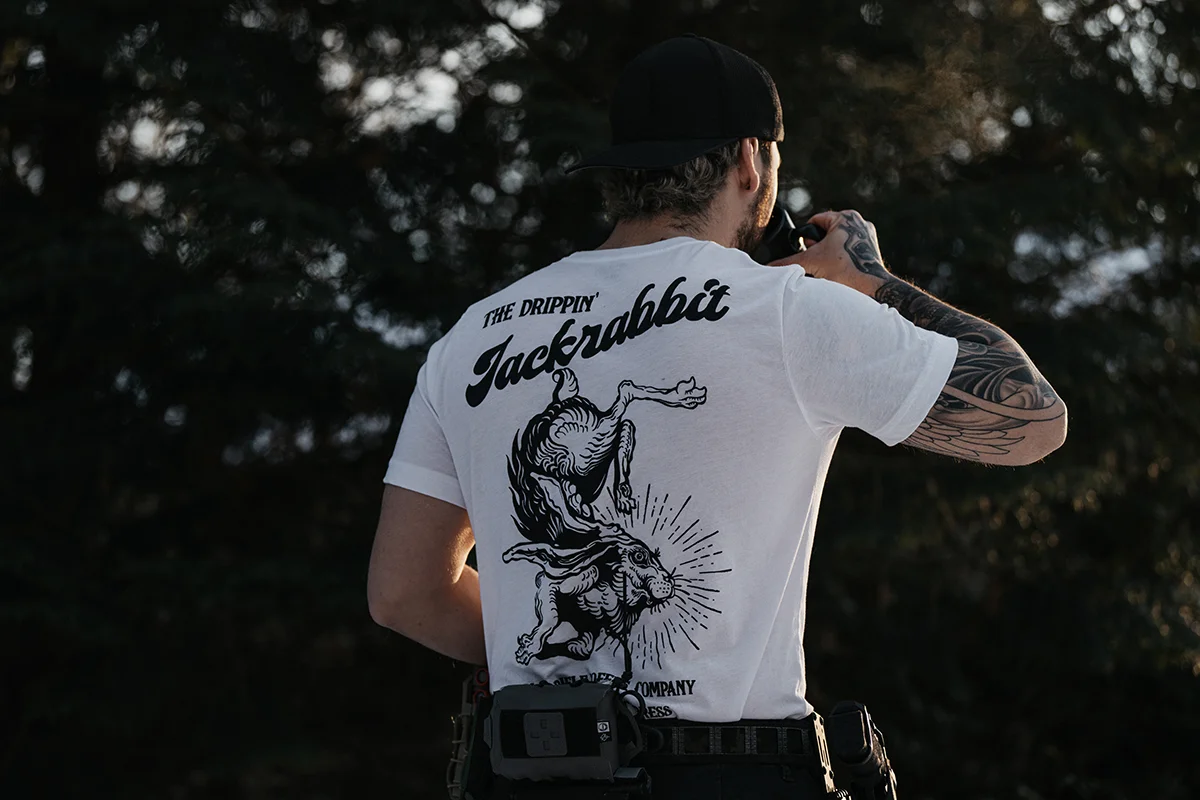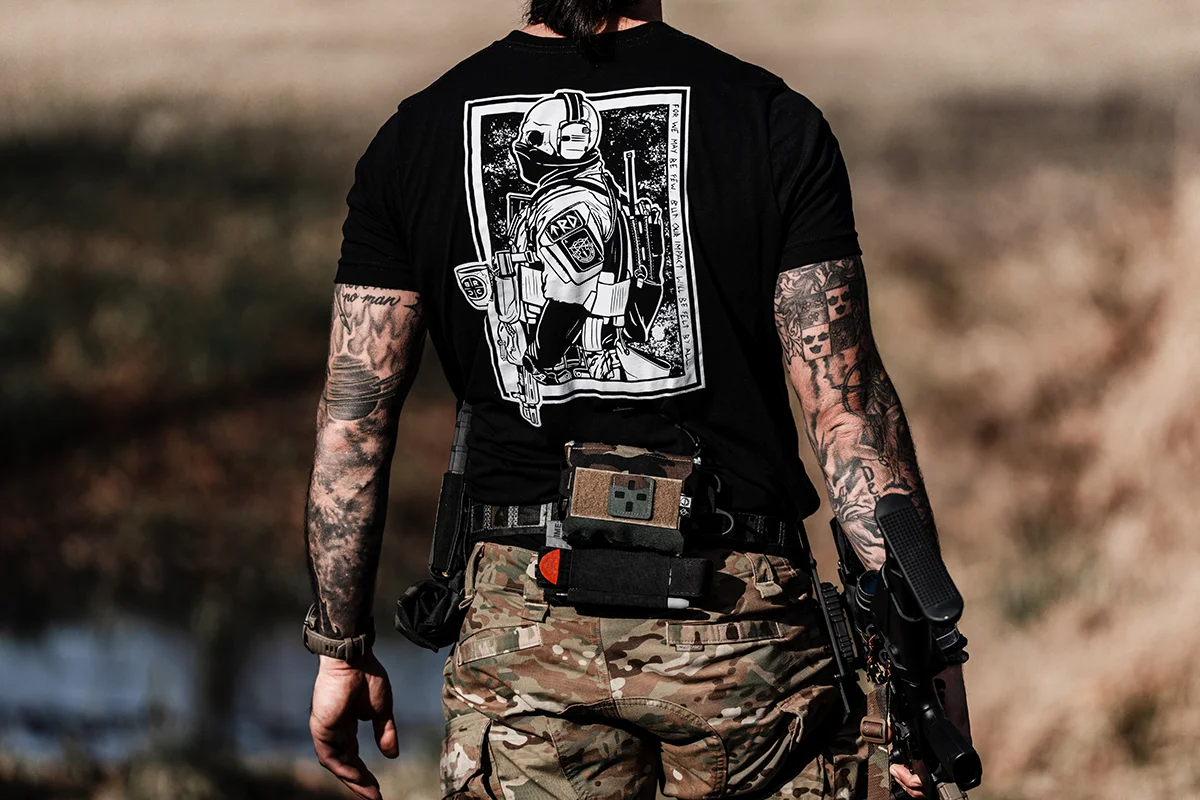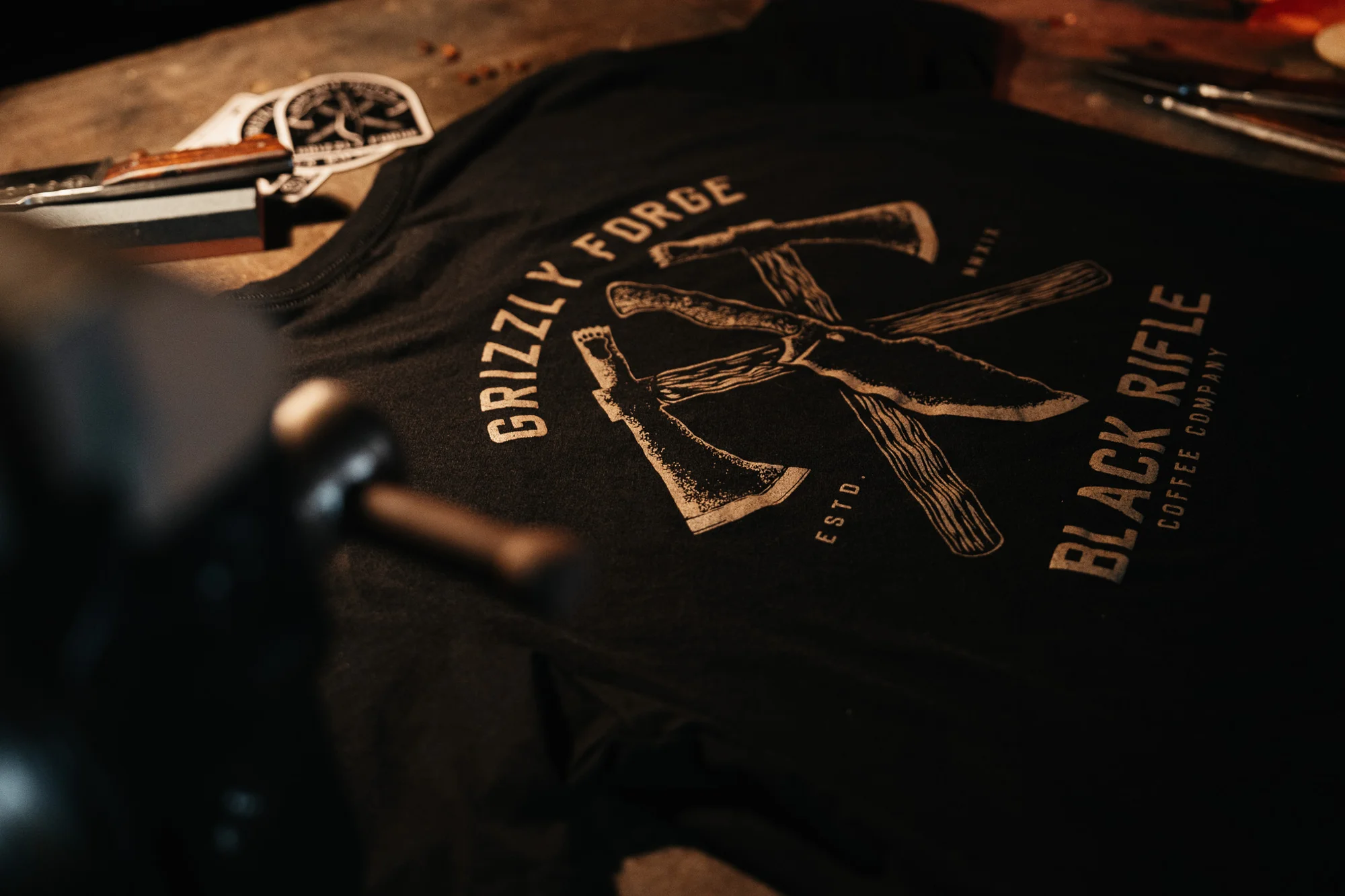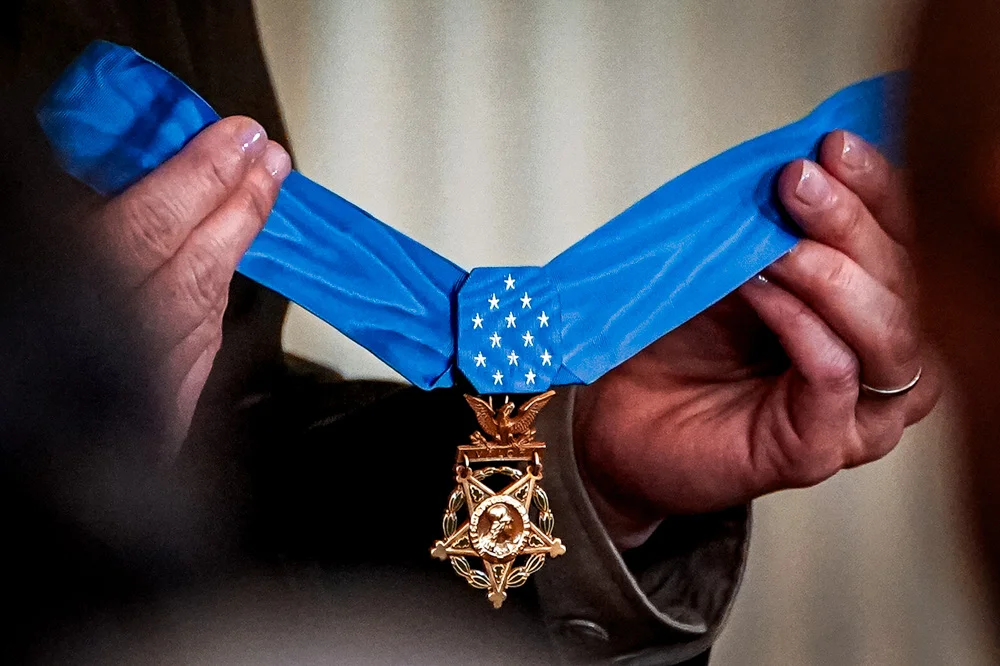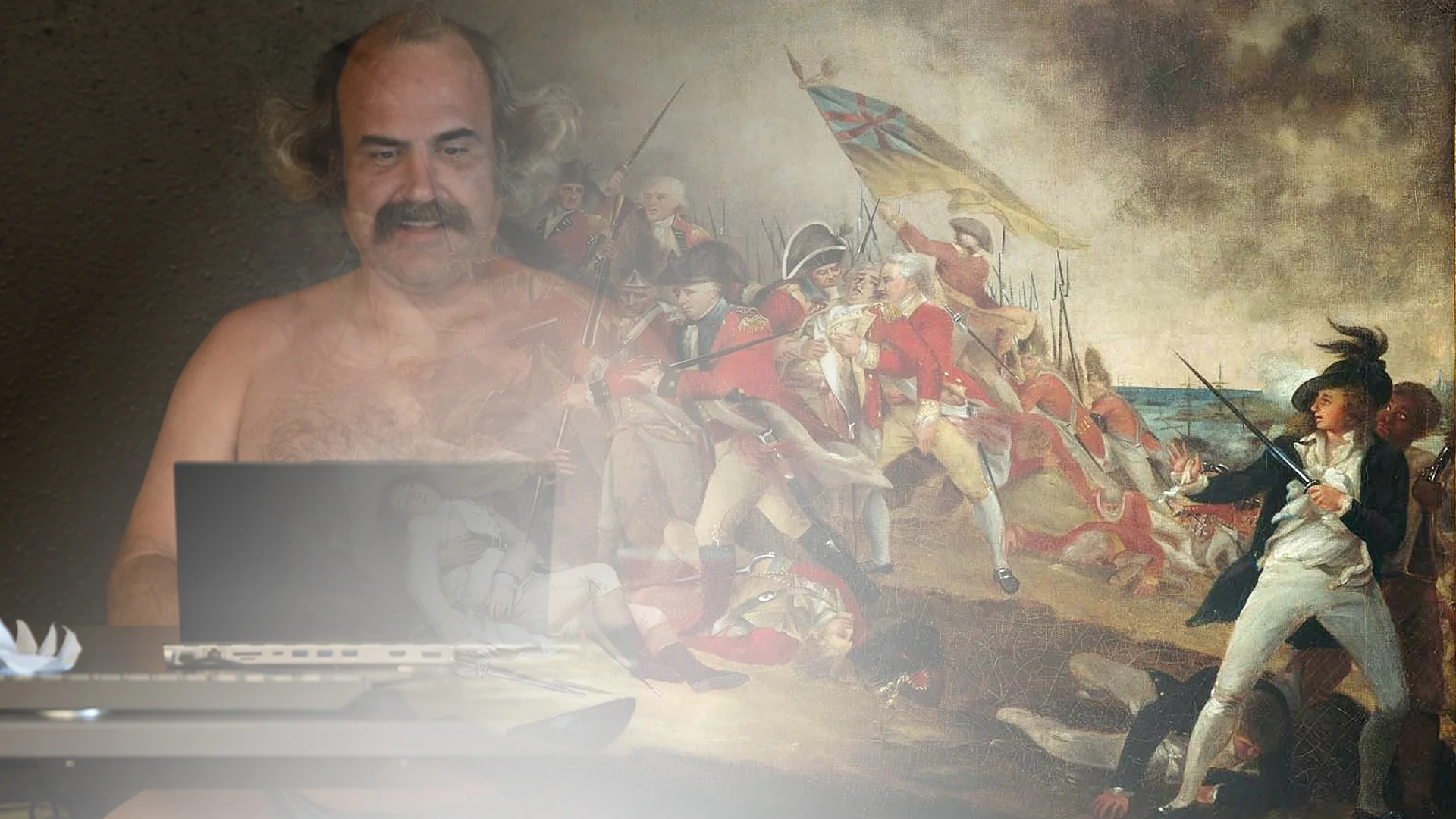Listening for Life: The Importance of a Paramedic's Stethoscope
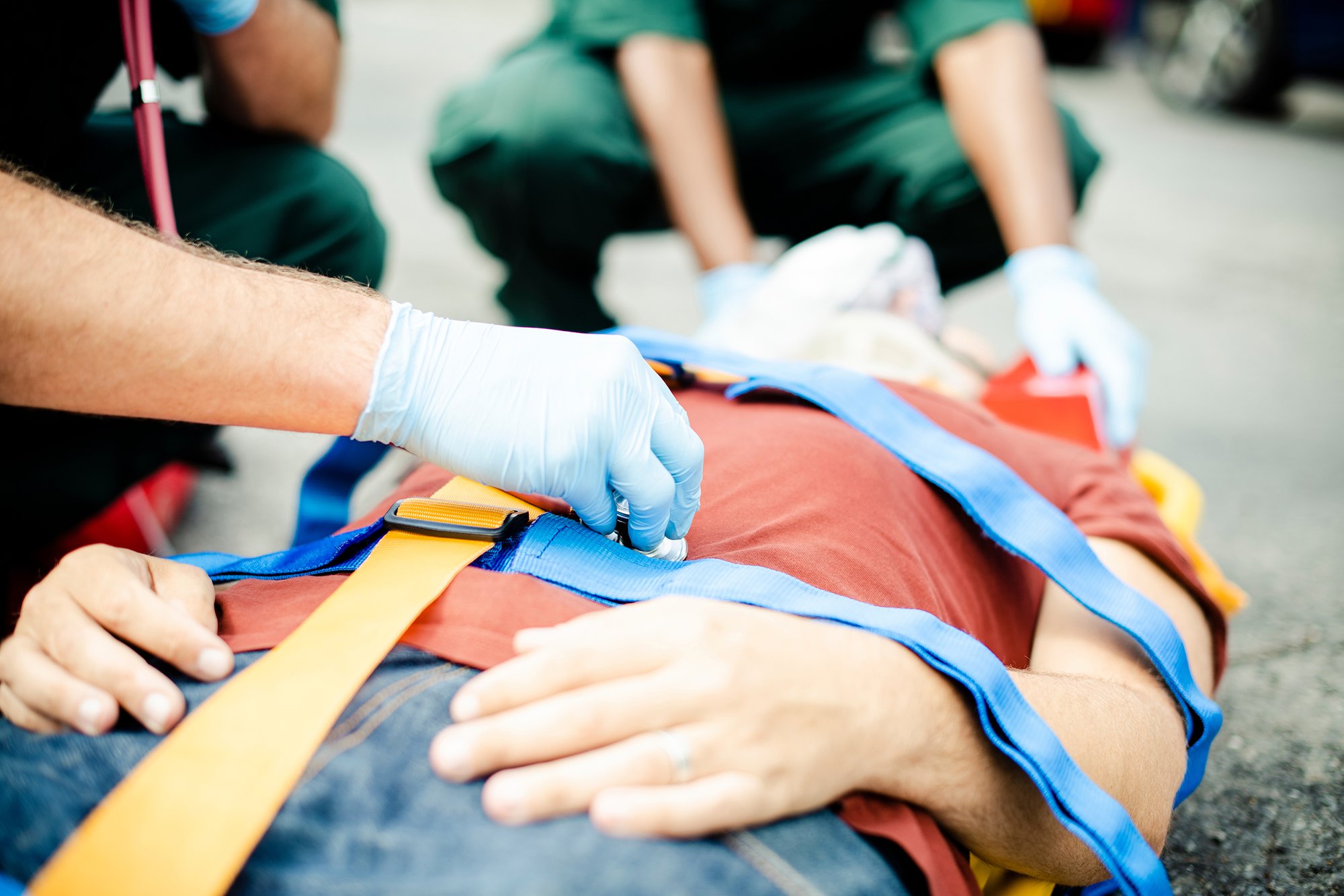
The stethoscope is a critical part of a paramedic's gear. Adobe Stock Photo.
Marty Skovlund Sr. — my father — died at 3:49 a.m. on Aug. 6, 2017. I know the exact moment because I was holding my stethoscope over his heart while looking at my watch, listening for any audible heartbeat.
I’d been checking his heart and lungs for two days, as he entered the last stage of amyotrophic lateral sclerosis, or ALS, a condition better known as Lou Gehrig’s disease.
All of those sounds are burned into my memory. But they’re not the only memories tied to my stethoscope. The medical tool was an extension of my ears through the nearly five years I spent on the Minneapolis night shift as a paramedic.
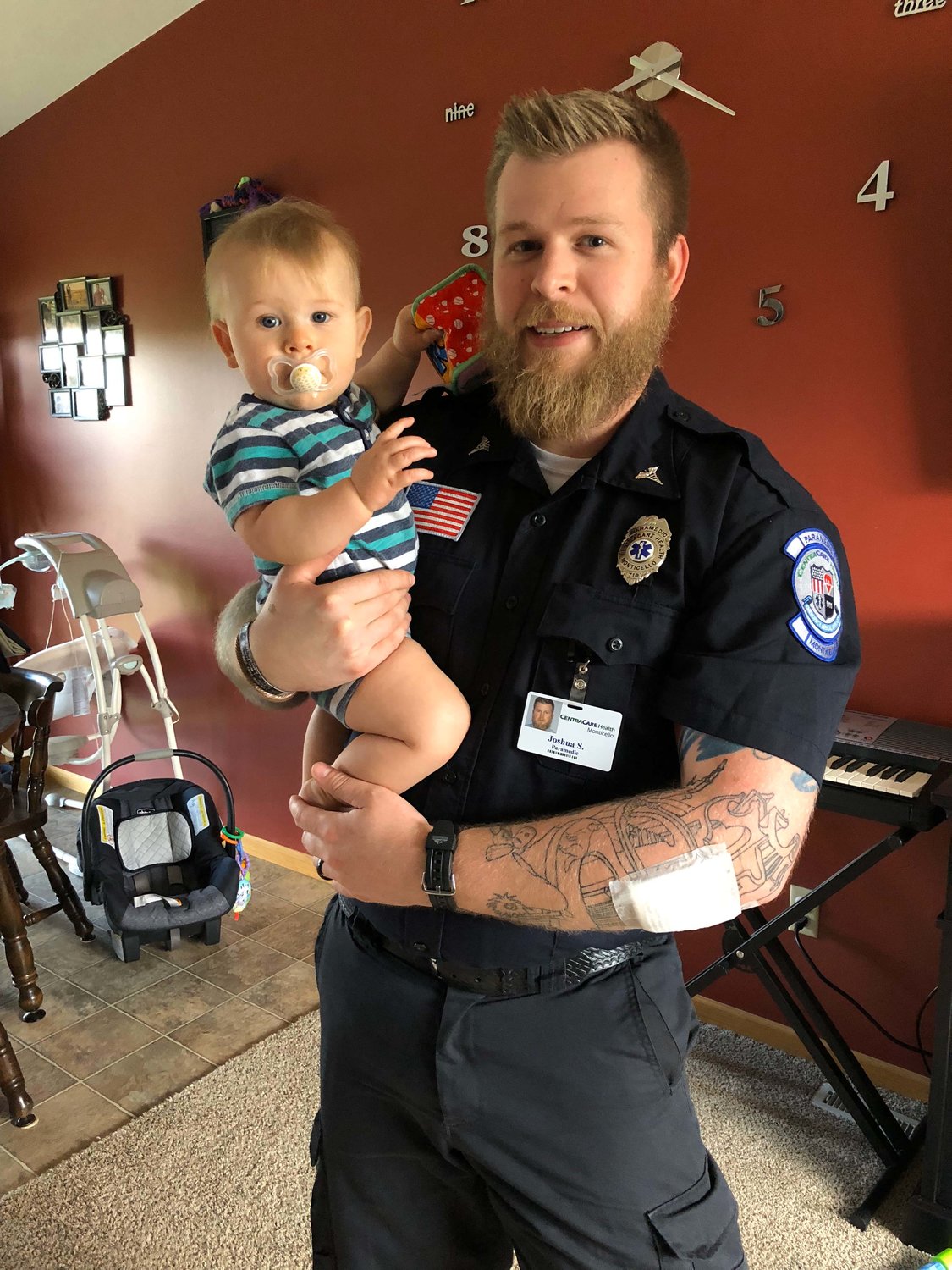
The author and his son on July 25, 2018, ahead of the author’s first shift as a CentraCare critical care paramedic. Photo courtesy of Joshua Skovlund.
Like my trauma shears, the stethoscope went with me everywhere. Unlike the shears, however, the stethoscope always helped me save lives.
And even after leaving emergency medical services, the stethoscope stays with me. It visited Ukraine with me recently. It’s been to Iraq, Germany, and France.
I’ve never had to fix it, but I’ve cleaned blood, vomit, and brain matter off it.
Invented in 1816, the earliest stethoscope resembled an ear trumpet, but it helped René Laennec listen to the internal sounds of his female patients at the Necker-Enfants Malades Hospital in Paris.
Like my trauma shears, the stethoscope went with me everywhere. Unlike the shears, however, the stethoscope always helped me save lives.
Versions of my much more modern stethoscope can be seen dangling from the necks of medical professionals worldwide, from nurses to cardiac surgeons, and they’re still used to eavesdrop on what the human body is doing under the skin.
Some of today’s models have built-in electronic recording or amplification devices that further enhance the stethoscope’s original design.
My first stethoscope was a gift from my mom. Her old stethoscope still worked, long after her kids had stopped playing with it. And while the hot pink stethoscope wasn’t an ideal look for EMT school, I was short on cash and needed one for class.
It drew a lot of attention and served its very basic purpose, but I retired mom’s stethoscope when I moved on to my paramedic course. The replacement I bought in 2015 is the one I carry today, and we’ve been through a lot together.
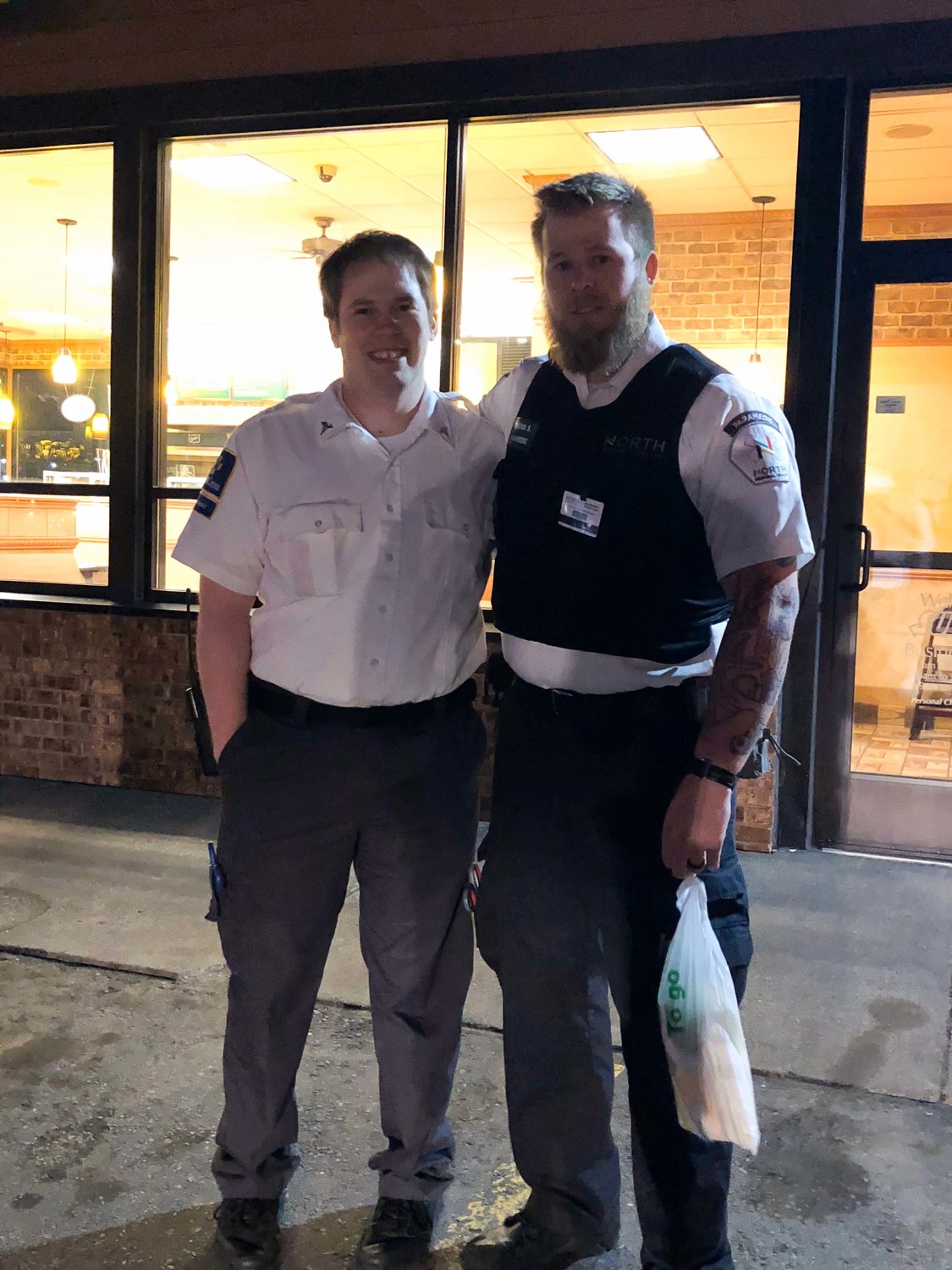
The author worked as a paramedic in the Minneapolis area for almost five years. Photo courtesy of Joshua Skovlund.
For one patient in Minneapolis, the bullet that had pierced his chest looked bad, but my stethoscope told me his lung was still taking in air, and it sounded just like the side of the chest that hadn’t been hit.
The stethoscope told me the round had missed his lungs. And that info guided how we treated him.
Then there was the grandmother, barely conscious, and with a fever so high you could feel the heat without even touching her skin.
My stethoscope listened to a pair of lungs, rattling loudly. That was the telltale sign of diffuse pneumonia across both lungs.
The stethoscope urged me to act fast, or she wouldn’t last much longer.
I still listen to that stethoscope, and I trust the secret stories it tells me.
This article first appeared in the Fall 2022 edition of Coffee or Die’s print magazine as "Listening for Life."
Read Next: Hoonigan Releases Wildest Gymkhana Yet With the Debut of Floyd Ingram
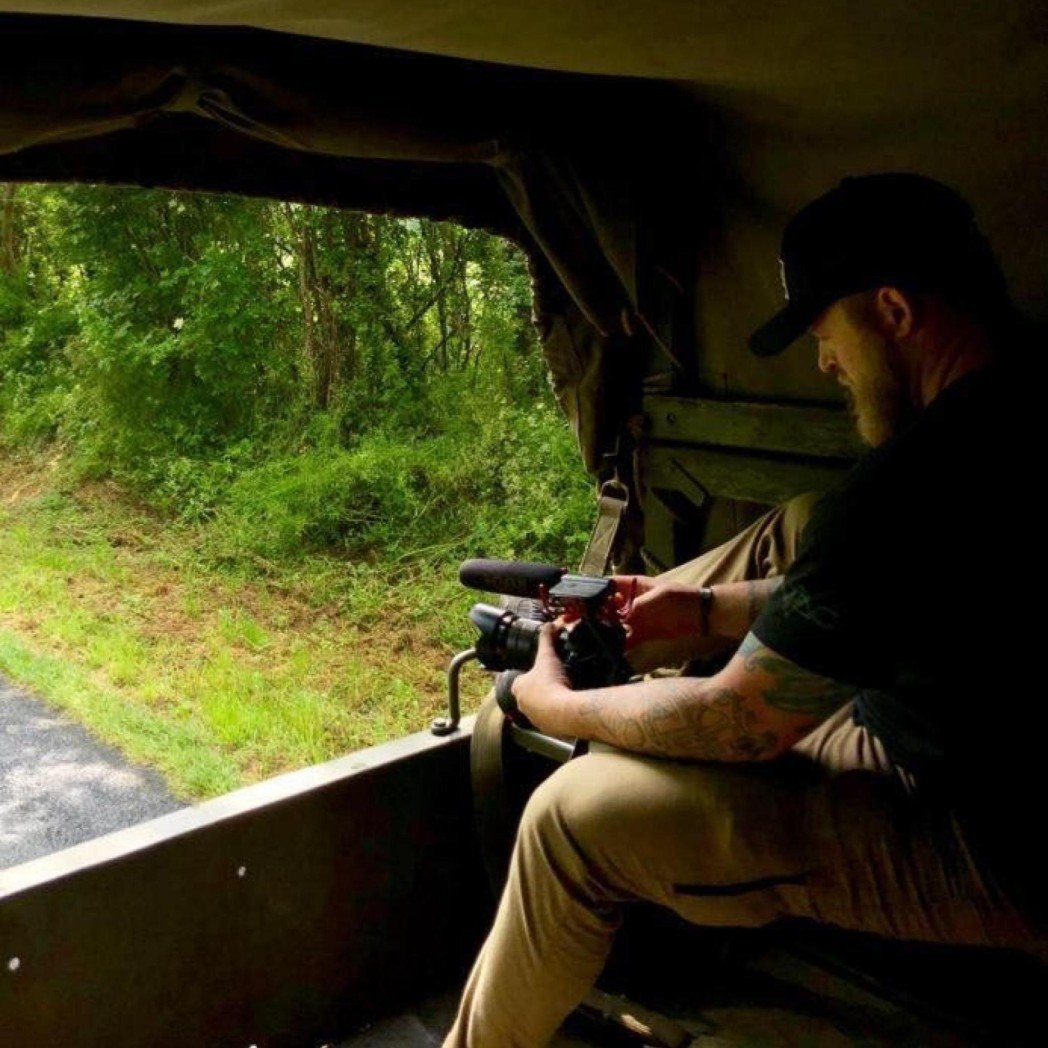
Joshua Skovlund is a former staff writer for Coffee or Die. He covered the 75th anniversary of D-Day in France, multinational military exercises in Germany, and civil unrest during the 2020 riots in Minneapolis. Born and raised in small-town South Dakota, he grew up playing football and soccer before serving as a forward observer in the US Army. After leaving the service, he worked as a personal trainer while earning his paramedic license. After five years as in paramedicine, he transitioned to a career in multimedia journalism. Joshua is married with two children.
BRCC and Bad Moon Print Press team up for an exclusive, limited-edition T-shirt design!
BRCC partners with Team Room Design for an exclusive T-shirt release!
Thirty Seconds Out has partnered with BRCC for an exclusive shirt design invoking the God of Winter.
Lucas O'Hara of Grizzly Forge has teamed up with BRCC for a badass, exclusive Shirt Club T-shirt design featuring his most popular knife and tiomahawk.
Coffee or Die sits down with one of the graphic designers behind Black Rifle Coffee's signature look and vibe.
Biden will award the Medal of Honor to a Vietnam War Army helicopter pilot who risked his life to save a reconnaissance team from almost certain death.
Ever wonder how much Jack Mandaville would f*ck sh*t up if he went back in time? The American Revolution didn't even see him coming.
A nearly 200-year-old West Point time capsule that at first appeared to yield little more than dust contains hidden treasure, the US Military Academy said.

